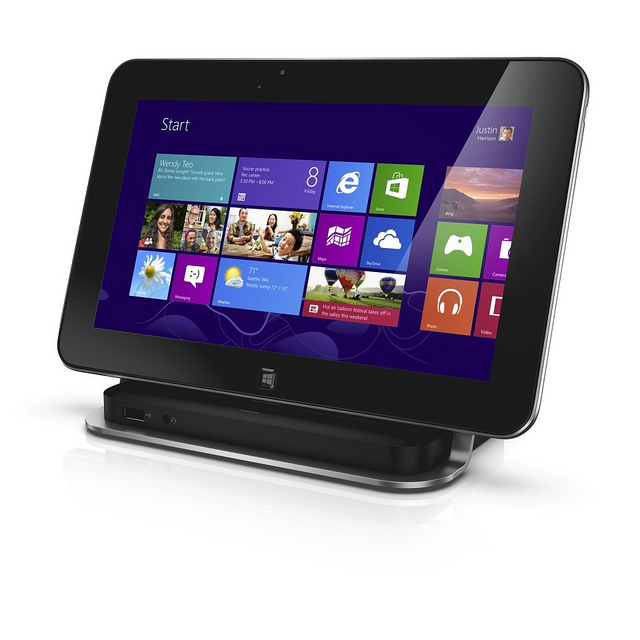The Emergence of Android Tablets

Android as a company was actually established in 2003, but it was not until 2007 that Google acquired the company. Google then developed the Android software as its entry into the mobile device market. The first Android version named after a dessert was Android 1.5, also known as Android Cupcake, in 2009.
It was in 2011 that Google launched Honeycomb or Android 3.0. This software was developed intentionally to be used on tablet PCs. Although Google already had experience with smartphones, Honeycomb was something new for the company. This first iteration of the software was not quite what the tablet PC users wanted, as there were a lot of bugs that needed to be fixed. Thus, there were six versions of the Android Honeycomb.
Android tablet PCs are a whole new genre from the personal computer and the smartphone, which was what Google’s software was more comfortable with. The Android was their way of giving the tablet PC the distinction that it needed. It was not as powerful as a personal computer because of its task limitations, but was slightly more powerful than a smartphone because of its size and the processor and software.
Android tablets work with the joining of software, a processor chip and the hardware interface of the gadget. All these components make up one of the most sought after gadgets today.
- The hardware, composed of processors, sensors, wires and circuit boards.
- The kernel or firmware, which is software that controls, manages and allocates hardware resources so that the device can follow the user’s orders.
- Libraries, which are collections of instructions the device follows when processing different types of data.
- The Android virtual machine; software that creates a virtual operating environment.
- The application framework, which lay the foundation for all the apps on your Android device
- The user interface and all the apps on the tablet
So, the next time you use your 4-port iPad charging station, you will have a deeper appreciation for how these gadgets work.


 Heather
Heather







